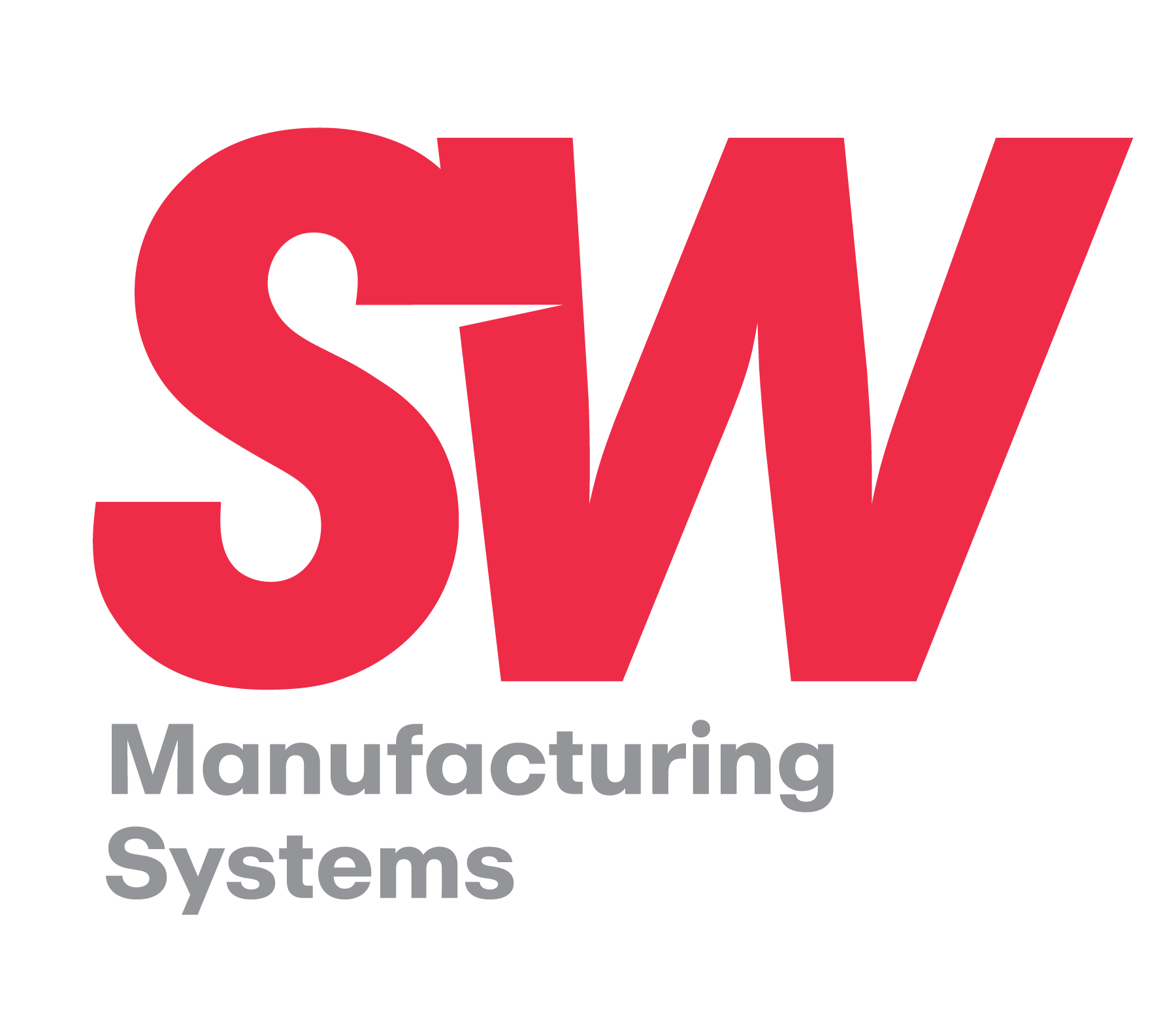In firearms manufacturing, tradition often runs deep. This is an industry where the best brands were often established 100 years ago or longer, and production processes have been set for years. However, as technology advances and demands evolve, sticking to the “old way of doing things” can slow progress and limit potential growth in today’s market.
Embracing innovation has accelerated past choice and is now a necessary action to stay competitive in firearms manufacturing.
In SW North America, Inc.’s experience with heavy machining of tough gun steel and the economical machining of components for all types of pistols and rifles, we see the challenges that today’s firearms manufacturers face in adopting new technologies firsthand. This journey in helping upgrade firearms manufacturing processes have been met with both skepticism and enthusiasm.
Breaking free from the past while maintaining tradition
The firearms industry’s rich history of tradition and craftsmanship should be preserved as hallowed ground. However, holding onto older methods can significantly impede efficiency, scalability, and profitability.
Through extensive firearms research and collaboration, SW North America, Inc. has developed multi-spindle machines designed to transform traditional workflows into streamlined, efficient operations. In numerous cases, firearms manufacturers that have implemented multi-spindle machines on the production floor have experienced the following benefits to keep their traditions alive:
● Increased Efficiency: Multi-spindle machines offer significant improvements in productivity compared to single-spindle counterparts. By automating repetitive tasks and maximizing throughput, firearms manufacturers can produce more components in less time, without compromising quality.
● Cost Reduction: Traditional firearms manufacturing methods often involve higher labor costs and longer lead times. By investing in multi-spindle machines, firearms manufacturers can reduce labor expenses, minimize material waste, and optimize resource utilization, leading to substantial cost savings and bigger profit margins.
● Floor Space Optimization: Floor space is a valuable and costly asset in any manufacturing facility. By replacing several single-spindle machines with fewer multi-spindle units, manufacturers can free up this valuable floor space for other operations or expansion, improving overall workflow and logistics.
● Alleviating Labor Shortages: Skilled labor shortages have long been a challenge for the firearms industry and the United States as a whole. Multi-spindle machines help alleviate this issue by automating repetitive tasks, reducing the reliance on manual labor, and enabling existing workforce to focus on higher value-added activities such as quality control and innovation.
Embracing firearms innovation for the future
The benefits of adopting new technologies are clear, but the transition can be difficult for one firearms executive to convince others in their company to change. To help facilitate the adoption of innovative solutions for the firearms industry, it is worth spending time educating and training internal teams on new technologies or setting up an innovation committee to keep the company on the leading edge of industry change.
Education builds confidence and can empower the firearms workforce to embrace change.
There are numerous real-world examples of how multi-spindle machines have transformed manufacturing processes for other firearms manufacturers to increase production capacity, save costs, and improve quality. Success exists in the collaborative, customized approach to understanding and maintaining the needs, qualities, and traditions of each manufacturer.
Collaboration fosters trust, transparency, and makes it easier to overcome resistance to change.
Additionally, it is important to realize that innovation is not just one new machine or one new process. It is a mindset, an ongoing journey. Every firearms manufacturer will hear the words “continuous improvement” uttered by the quality control team that monitors and looks to improve performance metrics, especially when reproducibility of firearms components like slides, receivers or barrels are so critical. Yet, it is an individual’s choice to bring about positive change.
The firearms manufacturing industry now stands at a crossroads where embracing innovation is essential to help these organizations last another 100 or more years. By breaking free from the “old way of doing things” and adopting modern technologies like multi-spindle machines, firearms manufacturers can become more efficient and more competitive for the future.
For questions on revolutionizing manufacturing processes, connect with firearms manufacturing experts here.
